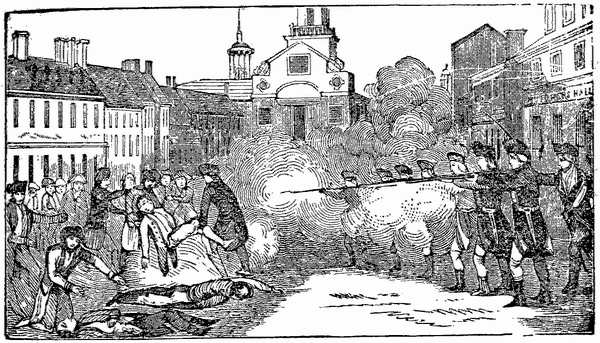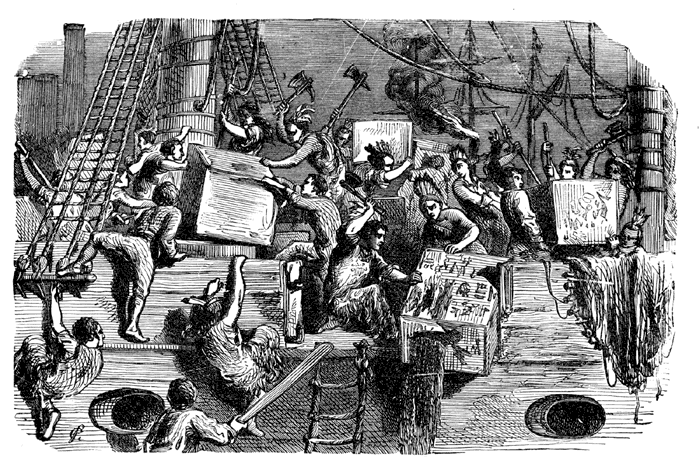From AEI:
The "Courage" to Spend By Frederick M. Hess
National Review Online
Monday, August 23, 2010
Earlier this month, Secretary of Education Arne Duncan heaped praise on Congress for including $10 billion for "EduJobs" in a state-aid package that it had enacted. The move to subsidize teacher salaries and avoid layoffs was so admirable, Duncan told the press, because Congress's "historic vote means school officials won't need to make those tough calls." Indeed, Duncan termed mailing 10 billion borrowed bucks to the states "a real, real act of courage."
This definition of courage has become something of a theme for Obama's Education Department--despite its reputation for gritty reform-mindedness. Earlier this summer, Maura Policelli, the department's senior adviser for external affairs, told state officials to stop worrying about funding and "to see how [stimulus] funds can help alleviate layoffs." She explained that this "require[s] some courage because it does involve the possible risk of investing in staff that you may not be able to retain in the 2011-12 school year." When one official asked what would happen if a state had "unspent [American Recovery and Reinvestment Act] money after 2011," Policelli said: "You will be fired." Looks like courage is not just about spending, but about spending quickly.
All of this might be laughable if the feds weren't making it harder for states and school districts to prepare for rough seas ahead. When asked by the Associated Press what happens if districts use this money as a short-term fix and stand to get hammered next year, Duncan replied, "Well, we're focused right now, Donna, on this school year. . . . We're hopeful we'll be in a much better spot next year."
No executive in the public or the private sector is eager to squeeze salaries, shut down inefficient programs, or trim employees when he can avoid it. This is why tough times can be so healthful for organizations.Well, while Duncan can hope to his heart's content, the reality is that things will get much worse for schools before they get better. Scott Pattison, the executive director of the National Association of State Budget Officers, notes, "There are so many issues that go way beyond the current downturn. . . . This is an awful time for states fiscally, but they're even more worried about 2011, 2012, 2013, 2014." Property taxes account for about a third of school spending, but property-tax valuations tend to lag property values by three years--which mean school districts are on the front end of a slide that's got several years to run. And, as the authors of a recent Rockefeller Institute report note, "Even if overall economic conditions continue to improve throughout 2010, fiscal recovery for the states historically lags behind a national economic turnaround and can be expected to do so in the aftermath of the recent recession."
Duncan also made the fantastical claim, to USA Today's Greg Toppo, that "the vast majority of districts around the country have literally been cutting for five, six, seven years in a row. And, many of them, you know, are through, you know, fat, through flesh, and into bone."
First off, Duncan is just flat-out wrong. Duncan's own National Center for Education Statistics, for instance, reports that, nationally, current K-12 per-pupil expenditures increased from 2003-04 to 2006-2007 (the most recent school year for which the NCES reports spending) by 17 percent--from $8,310 to $9,683. Indeed NCES data make clear that the last two years have been the first time in more than a half-century that per-pupil spending has declined from the year before. And even in the past two years, job losses in K-12 education have been much more modest than in the private sector. It's befuddling that Duncan is making excuses for officials bemoaning their twice-a-century belt tightening, rather than encouraging them to take a hard look at benefits, staffing, operations, and management.
Duncan, who singled out for praise the $1.2 billion that EduJobs is funneling to California, also might want to consider the recent Pepperdine study of 52 California school districts. This study reported that spending rose 21.9 percent from 2003-04 to 2008-09, outpacing both state income growth and inflation. On a per-pupil basis, spending actually jumped 25.8 percent over that period, while classroom spending as a share of total outlays declined from 59 percent to 57.8 percent. Where did the money go? Pay rose by 28 percent for certificated supervisors and administrators and by 44 percent for classified supervisors and administrators.
Look, no one makes tough choices in flush times. No executive in the public or the private sector is eager to squeeze salaries, shut down inefficient programs, or trim employees when he can avoid it. This is why tough times can be so healthful for organizations. They make possible the occasional pruning. They prod managers to tackle problems that otherwise get swept under the rug. This permits organizations to regain their fighting trim, to reexamine old priorities, and to create a leaner culture focused on productivity and performance.
Even if some state or local leaders are inclined to swing the budget ax, promises of federal funds targeted for "job preservation" make them look like surly killjoys. Even if a superintendent knows that plumping the payroll is going to lock in new benefit commitments, make it harder to justify necessary efficiencies, and thus make things worse going forward, the feds have now made it tougher for her to cut the budget.
Moreover, so long as the bailout drawer might be open, union leaders who might be inclined to deal know that they will look like suckers and softies if they do so. That's doubly true when they know that standing firm is a great way to accentuate the crisis, making it easier for the administrators to plead for new dollars.
A spokesman for New Jersey governor Chris Christie recently told the New York Times that federal bailouts for schools are "a real double-edged sword. This money will not be there next year, and we're not going to get back up to the funding that they had previously been used to."
Earlier this summer, the National Council on Teacher Quality reported the following: "Financially under the gun, many districts have found ways to avert layoffs. New York City, for example, instituted a 'cost-of-living' wage freeze. Other districts are asking teachers to make salary and benefits concessions--by contributing more to their health insurance plans, for instance."
But Duncan is making such measures less likely to surface and less likely to succeed. I guess that's what he means by courage.
Frederick M. Hess is a resident scholar and the director of education policy studies at AEI.
Monday, August 23, 2010
Subscribe to:
Post Comments (Atom)
.gif)






























No comments:
Post a Comment